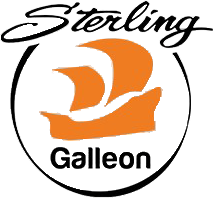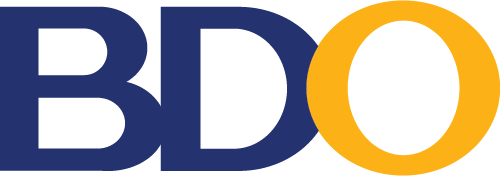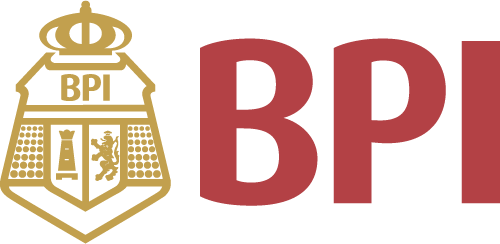All Categories
The Memory Jogger 2: Tools for Continuous Improvement and Effective Planning
Share Tweet

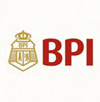




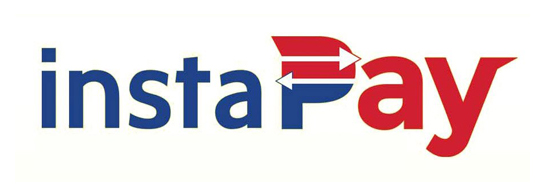
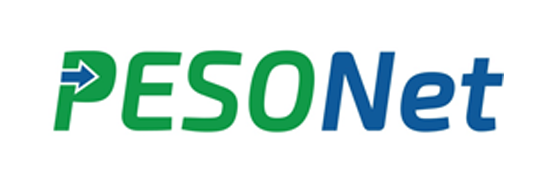
About The Memory Jogger 2: Tools For Continuous
Product Description Dramatically improve your productivity, quality, and planning with the 2018 revision of this highly successful pocket guide of basic and advanced quality tools, a problem-solving model, and improvement team guidelines. Learn from the many examples from other organizations with problems similar to yours, making it easier for everyone to understand and apply the tools. Critical tools are explained with detailed graphics and easy-to-understand text and icons to describe what the tools are, why they re used, and how to use them. This pocket guide includes case studies of today s fortune 100 companies succeeding with these tools. Uses real-life examples with problems similar to yours, making them easy to understand and apply. - New Zing Wear case study (Reviewed by David Shields, WalMart) - Story-boarding case study of the 7-step model - Team guidelines, a tool selector chart and a quick tool finder Tools include: Activity Network Diagram, Affinity Diagram, Brainstorming, Brainwriting, Cause & Effect/Fishbone, Check Sheets, Control Charts, Data Points, Flowchart, Force Field Analysis, Histograms, Interrelationship Digraph, Nominal Group Technique, Matrix Diagram, Multivoting, Pareto Chart, Prioritization Matrices, Problem Solving Model, Process Capability, Radar Chart, Run Chart, Scatter Diagram, Team Guidelines, and Tree Diagram. GOAL/QPC can also design custom covers for this Memory Jogger to match your company colors and branding and include a message from your company executives about the importance of this topic to the business. (Memory Joggers are available in two standard sizes. The pocket size is 3.5" x 5.5" and the desktop size, with a larger font, is 5" x 7". This page is for the 3.5" x 5.5" pocket size version. The desktop size can be found by clicking on See all formats and editions at the top of this page and then clicking on the arrow > in front of Spiral-bound, or by searching for the ISBN, 9781576812310) Review A management book that's meant to be USED!!! This little book omits all the BS and jargon of textbooks and compresses the actual TOOLS for planning, process improvement, and quality control into just the information that you need to select and implement the appropriate management tools. Keep it in a desk drawer where it's handy to use, instead of on a bookshelf! I bought it for a class (in Project Management), but I USE it at work! It is NOT a book that will give you all the theory behind the methods, nor the history of how they were developed and have evolved. It SIMPLY (and that's the beauty of it) describes when, why, and how to use the variety of tools, and gives very helpful examples showing them in action. This book is worth more to me than most of my $100 textbooks combined - and it's one I'll keep and not resell. --By MagicSkip (Marriottsville, MD) From the Back Cover Introduction From classrooms to board rooms, on manufacturing floors and in medical centers, organizations around the world are using continuous quality improvement (CQI) as their strategy to bring about dramatic changes in their operations. Their purpose is to stay competitive in a world of instant communication and technological advancement.These organizations need to meet or exceed customer expectations while maintaining a cost-competitive position. Continuous quality improvement (CQI), a systematic, organization-wide approach for continually improving all processes that deliver quality products and services, is the strategy many organizations are adopting to meet today¹s challenges and to prepare for those down the road.In pursuing CQI, stick to these four basic principles: 1. Develop a strong customer focus.2. Continually improve all processes.3. Involve employees.4. Mobilize both data and team knowledge to improve decision making.1. Develop a strong customer focus.Total customer focus includes the needs of both external and internal customers. External customers are the end users internal customers are yo




 (1)
(1)











